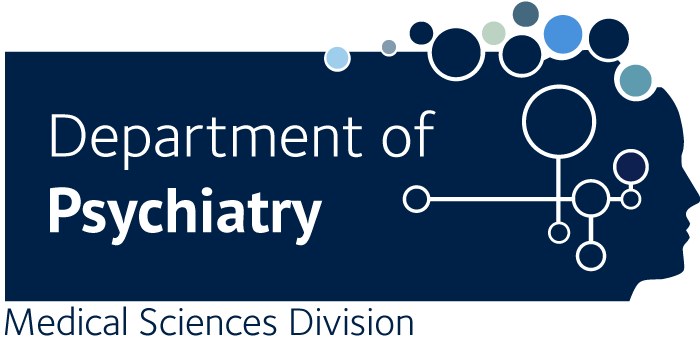Abnormal thalamocortical dynamics may be altered by deep brain stimulation: using magnetoencephalography to study phantom limb pain.
Ray NJ., Jenkinson N., Kringelbach ML., Hansen PC., Pereira EA., Brittain JS., Holland P., Holliday IE., Owen S., Stein J., Aziz T.
Deep brain stimulation (DBS) is used to alleviate chronic pain. Using magnetoencephalography (MEG) to study the mechanisms of DBS for pain is difficult because of the artefact caused by the stimulator. We were able to record activity over the occipital lobe of a patient using DBS for phantom limb pain during presentation of a visual stimulus. This demonstrates that MEG can be used to study patients undergoing DBS provided control stimuli are used to check the reliability of the data. We then asked the patient to rate his pain during and off DBS. Correlations were found between these ratings and power in theta (6-9) and beta bands (12-30). Further, there was a tendency for frequencies under 25 Hz to correlate with each other after a period off stimulation compared with immediately after DBS. The results are interpreted as reflecting abnormal thalamocortical dynamics, previously implicated in painful syndromes.

